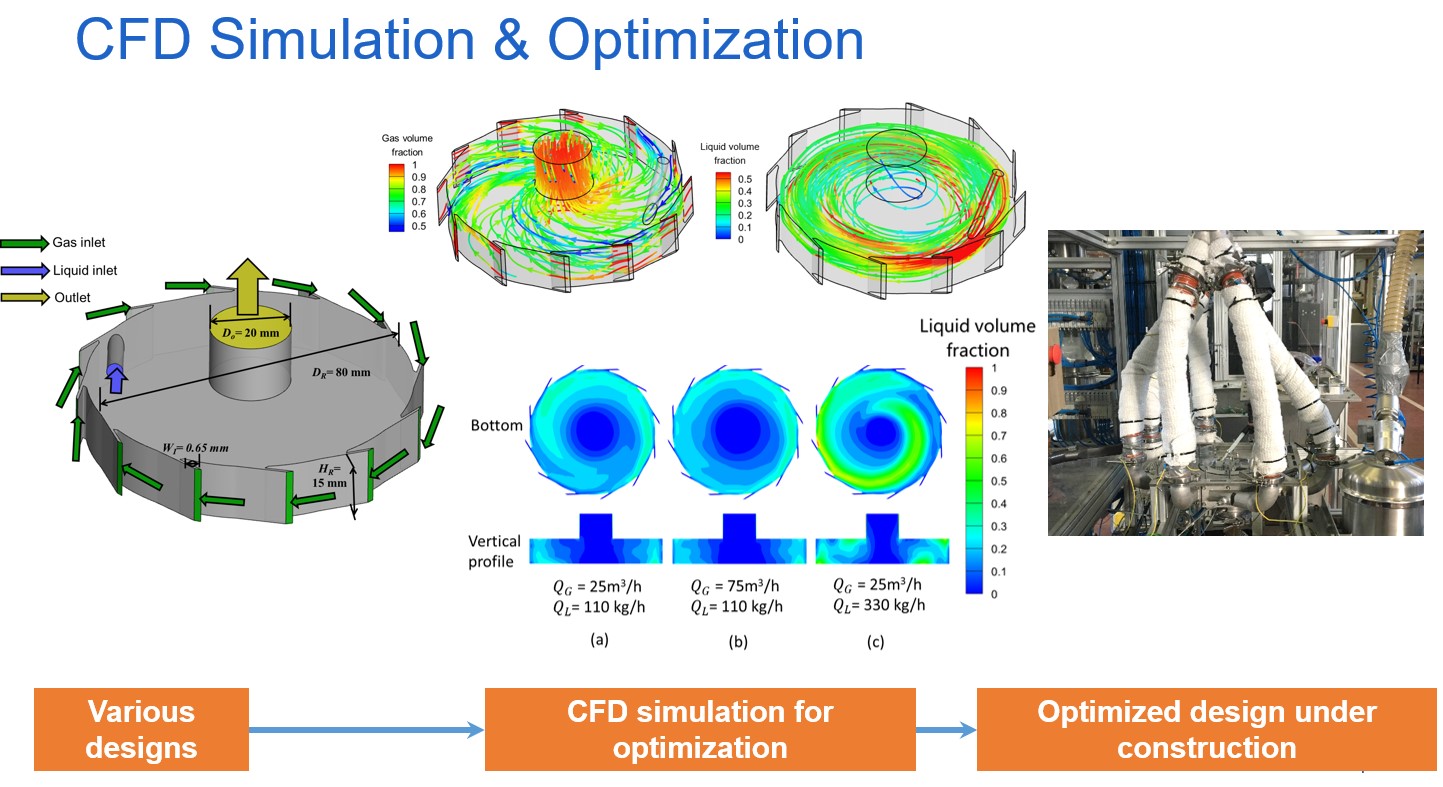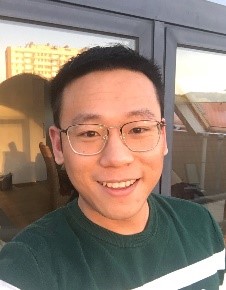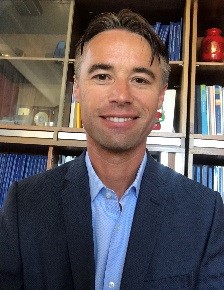User story: Design and optimization of a vortex unit for CO₂ capture based on computational fluid dynamics simulation

Excess CO₂ emissions
Carbon dioxide (or CO2) is a colourless and odourless gas present in our atmosphere. It is also released when combusting fossil fuels (coal, oil, and gas). Over the last decades, the amount of CO2 in our atmosphere has increased significantly.
In particular, heavy industries like chemical plants or power plants, for example, are one of the sources of excess CO2 emissions. Because of these emissions, the atmosphere is not able to regulate the earth’s temperature causing the earth to warm up (aka global warming). Although industries are increasingly using sustainable alternatives to fossil-based feedstocks and introducing the electrification of their processes, this transition takes time. In the near future, the industry will still emit a certain amount of CO2. Innovative solutions to deal with these emissions are, however, within reach. [1]
Carbon capture and utilization
In the shorter term, one of these solutions is capturing CO2 at point sources and converting the captured CO2 into valuable chemicals. This is called Carbon Capture and Utilization (CCU). The conventional way of CO2 capture is using an absorption and desorption tower. A tower like this could be 10 m high and the costs to build and operate are very high.
Dr. Yi Ouyang (member of the research group led by prof. Van Geem at Ghent University):
Our goal is to develop a new kind of unit to decrease the cost of CO2 capture. If you want to design a unit, you will have lots of degrees of freedom: size, shape, the configuration of your inlet/outlet, what kind of material you use, etc. If you do this experimentally or you manufacture it then this is a trial and error process that is very expensive and slow. By using supercomputing, we can run simulations and select the best design. And after that, we manufacture our optimal unit and it will be much more efficient.
Gas-liquid vortex unit
Prof. Kevin Van Geem and his team developed a gas-liquid vortex unit. Within this unit, a gas (in this case CO2) and a liquid are mixed, CO2 is absorbed by the liquid, and then it is abstracted from the liquid. This is a promising process intensification equipment that can intensify CO2 absorption and is cost-reducing. Essential is that the design is customized to the specific application and CO2 point source (for example a power plant), and it can significantly decrease the unit size by a factor of 10 compared to conventional units.
The team of prof. Van Geem used computational fluid dynamics (CFD) to unravel the detailed mixing and momentum/heat/mass transfer in the unit and to optimize the design, and most importantly, this can be done efficiently and effectively. Particularly in terms of time cost, supercomputing plays a key role as CFD simulations usually have a high demand on computational resources, especially for simulations of chemical units with complex reactions.
Supercomputing improves computational efficiency of CFD simulations
Supercomputing plays a crucial role in improving the computational efficiency of CFD simulations as CFD can be greatly accelerated by parallel computing. For the gas-liquid vortex unit, non-reactive simulations and reactive simulations are performed to evaluate the gas-liquid interphase mass transfer efficiency, CO2 capture efficiency, and energetic efficiency. Optimization of the geometrical design parameters is carried out to achieve even higher performance, followed by 3D printing to manufacture the optimal designs. In this iterative design process, computational efficiency is the key to time cost.
Dr. Yi Ouyang:
The Tier-1 supercomputing platform is amazing! Compared to single-core computation, a speed factor of 120 can be achieved in this case using this platform. This means that compared to a workstation with 12-core CPU a simulation that would have taken half a year, can be completed in 2 weeks.
Business impact
The new CO2 capture technology will have a large impact on CO2 emissions. It can be valorized in various sectors: refining and (petro)chemical industry, steel industry, energy sector, and transport sector…. CO2 producers (chemical companies, steel industry, biogas upgraders, cement industry, etc.), process developers, and materials producers can generate new value chains around these new technologies. Prof. Van Geem and his team are looking into valorizing their research.
Laboratory for Chemical Technology
Relevant links
- https://moonshotflanders.be/mot3-captin/
- https://biblio.ugent.be/publication/8724810
- https://aiche.onlinelibrary.wiley.com/doi/full/10.1002/aic.17608
[1] Source: https://moonshotflanders.be/mot3-captin/
 Dr. Yi Ouyang got his Ph.D. at Beijing University of Chemical Technology in 2019, and now works as an FWO (Fonds Wetenschappelijk Onderzoek) postdoctoral researcher at Laboratory for Chemical Technology (LCT) at Ghent University. His research mainly focuses on the topic of process intensification and Computational Fluid Dynamics, including multiphase reactor development, CO2 capture, turbulent reactive flow, mixing, etc.
Dr. Yi Ouyang got his Ph.D. at Beijing University of Chemical Technology in 2019, and now works as an FWO (Fonds Wetenschappelijk Onderzoek) postdoctoral researcher at Laboratory for Chemical Technology (LCT) at Ghent University. His research mainly focuses on the topic of process intensification and Computational Fluid Dynamics, including multiphase reactor development, CO2 capture, turbulent reactive flow, mixing, etc.
 Kevin Van Geem (full professor) is the Director of the board of LCT and the Director of the Centre of Sustainable Chemistry (CSC) of Ghent University. Thermochemical reaction engineering in general and in particular the transition from fossil to renewable resources are his main research interests. He is a former Fulbright Research Scholar of MIT and directs the pilot plants for steam cracking, super dry reforming, and plastic waste pyrolysis. He is the author of more than two hundred scientific publications and has recently started his own spin-off company.
Kevin Van Geem (full professor) is the Director of the board of LCT and the Director of the Centre of Sustainable Chemistry (CSC) of Ghent University. Thermochemical reaction engineering in general and in particular the transition from fossil to renewable resources are his main research interests. He is a former Fulbright Research Scholar of MIT and directs the pilot plants for steam cracking, super dry reforming, and plastic waste pyrolysis. He is the author of more than two hundred scientific publications and has recently started his own spin-off company.
 Geraldine Heynderickx is senior full professor at the LCT with reactor hydrodynamics as the main lead in her research. Multiphase flow regimes are studied under varying conditions, comprising combustion, evaporation, thermal and catalytic reactions. Optimization of existing processes and development of new processes aim at process intensification. Prof. Heynderickx is the project manager/promoter of the UGent part of the CAPTIN project.
Geraldine Heynderickx is senior full professor at the LCT with reactor hydrodynamics as the main lead in her research. Multiphase flow regimes are studied under varying conditions, comprising combustion, evaporation, thermal and catalytic reactions. Optimization of existing processes and development of new processes aim at process intensification. Prof. Heynderickx is the project manager/promoter of the UGent part of the CAPTIN project.